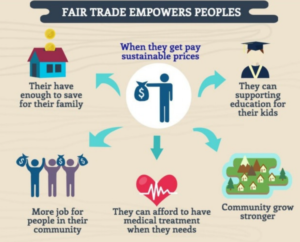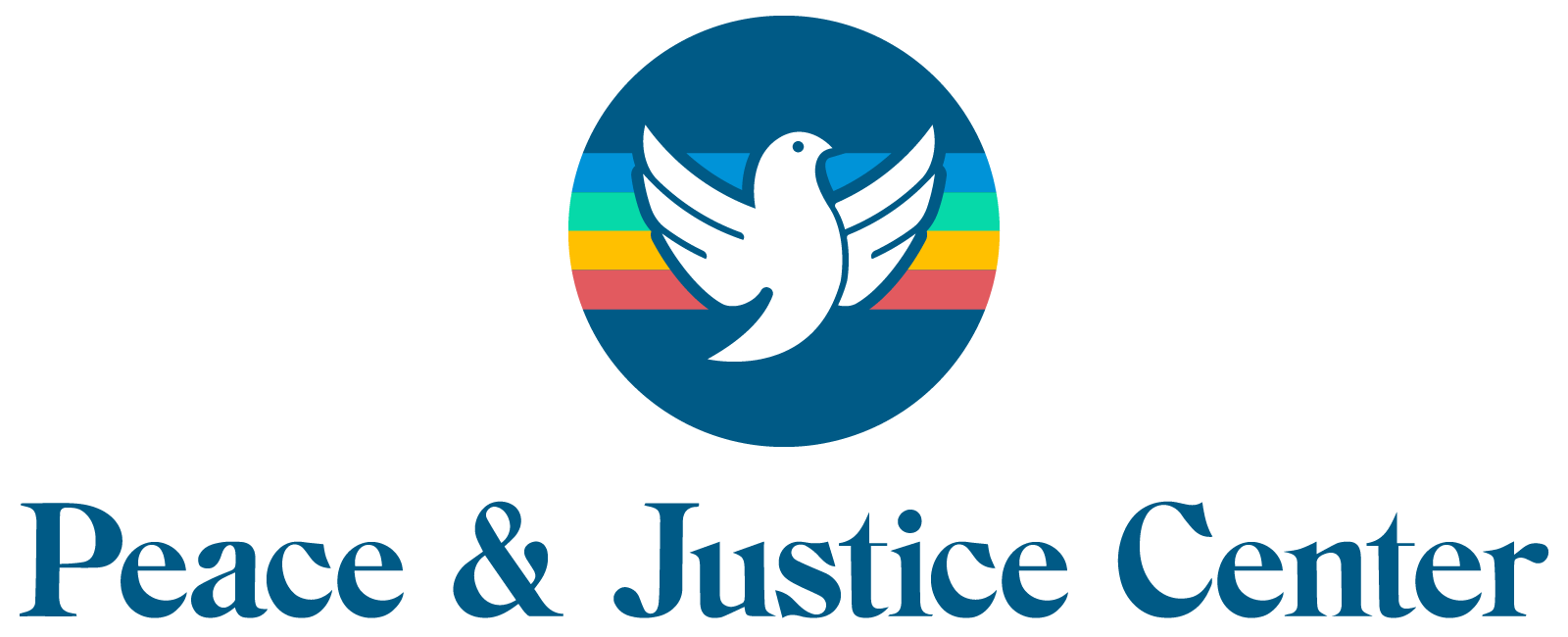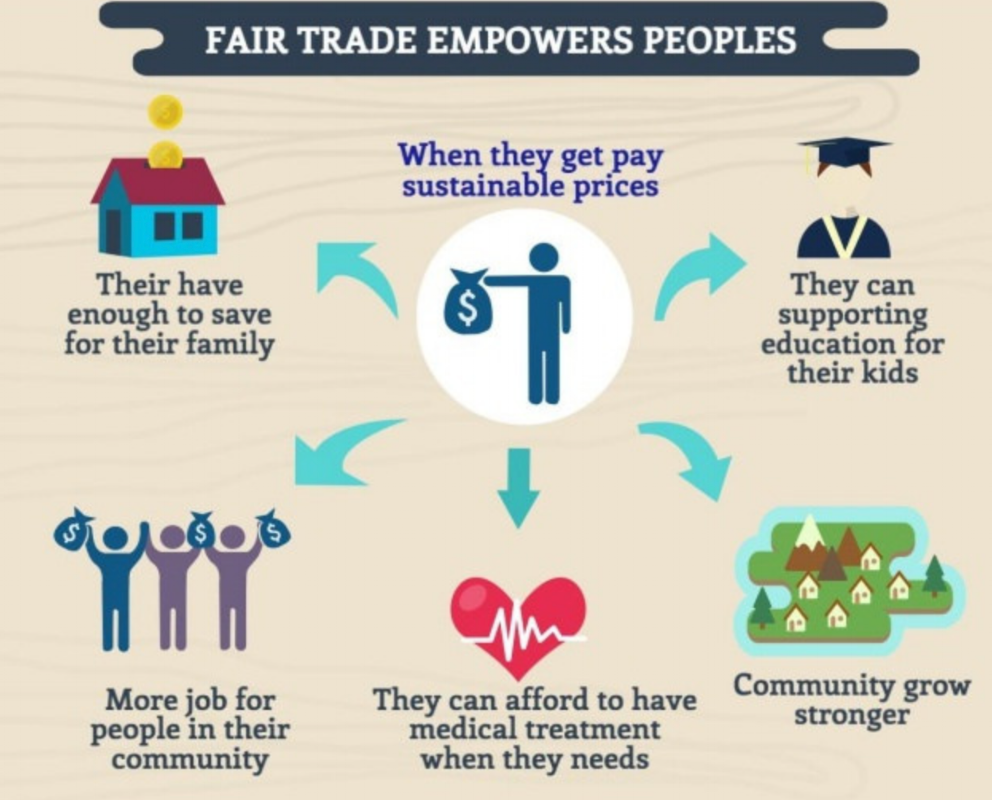-Hannah Stumpf, PJC Intern
 As technology advances, it becomes easier and easier for people and companies to interact on a worldwide scale. This concept is called globalization, and it has allowed for the creation of Free Trade Agreements.
As technology advances, it becomes easier and easier for people and companies to interact on a worldwide scale. This concept is called globalization, and it has allowed for the creation of Free Trade Agreements.
Free Trade Agreements are treaties between two or more countries to facilitate trade and eliminate trade barriers. Through these agreements, countries can focus on manufacturing products they excel at or they can export their natural resources. And while this may sound great, the developmental inequalities between countries involved allow big corporations to take advantage of lower regulations for workers’ rights and the environment. So, because countries in the Global North are outsourcing their production to countries in the Global South, the people employed in the Global South are overworked, underpaid, and are exposed to harmful chemicals that are banned and regulated elsewhere. This allows big companies to make as much money as possible while maintaining a competitive price in the marketplace.
The United States is involved in many Free Trade Agreements. The most recognizable is NAFTA (now known as USMCA), but they are also currently operating in Colombia, Guatemala, Israel, South Korea, Jordan, and many more countries.
The exploitation of people and the environment by Free Trade Agreements has led to the conception of the Fair Trade Movement, which is best defined as a movement that works to help small producers in the Global South sell their goods on the global market while seeking to correct conventional trade systems known for exploitation and human rights abuses. It can also be explained as South to North Trade which focuses on environmental and economic stability for small producers who are most vulnerable within our toxic global trade system.
These are the principles set forth by the Fair Trade Federation:
1. Create opportunities for economically and socially marginalized producers
2. Develop transparent and accountable relationships
3. Build capacity of farmers, artisans, and their communities
4. Promote fair trade by raising awareness about fair trade
5. Pay promptly and fairly
6. Support safe and empowering working conditions
7. Ensure the rights of children
8. Cultivate environmental stewardship
9. Respect cultural identity
This alternative trade system places people before profit, focuses on environmental sustainability, and racial justice.
There are many ways we as consumers can support the Fair Trade Movement. Our global market is based on supply and demand, so by changing the demand, we can change the system. Buy local, used, and fair trade goods – or just buy less. Additionally, take the time to learn about the brands you purchase from frequently. See if they are manufacturing products ethically, and if they aren’t, boycott them. Knowledge is power!

